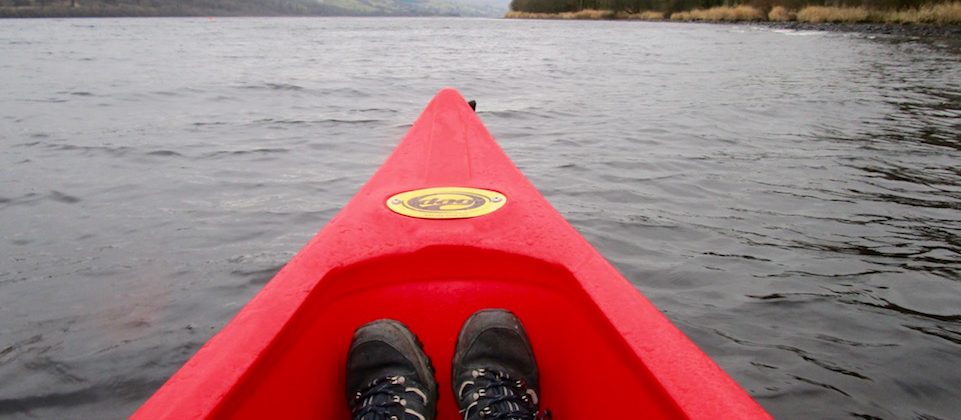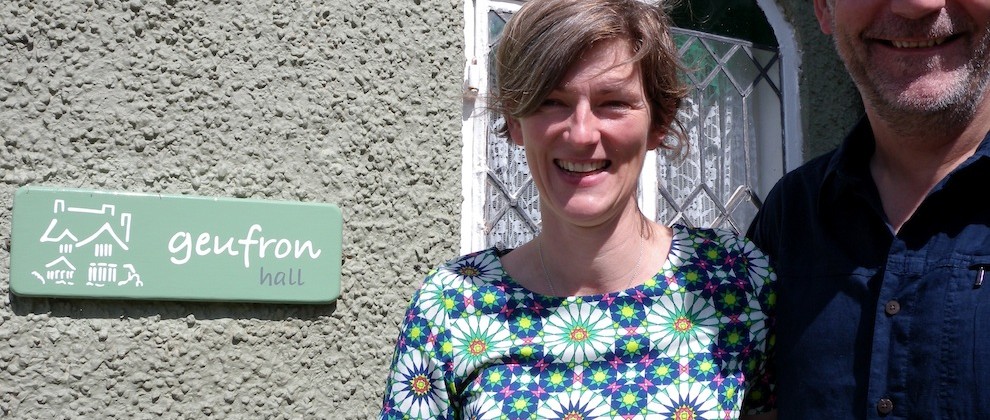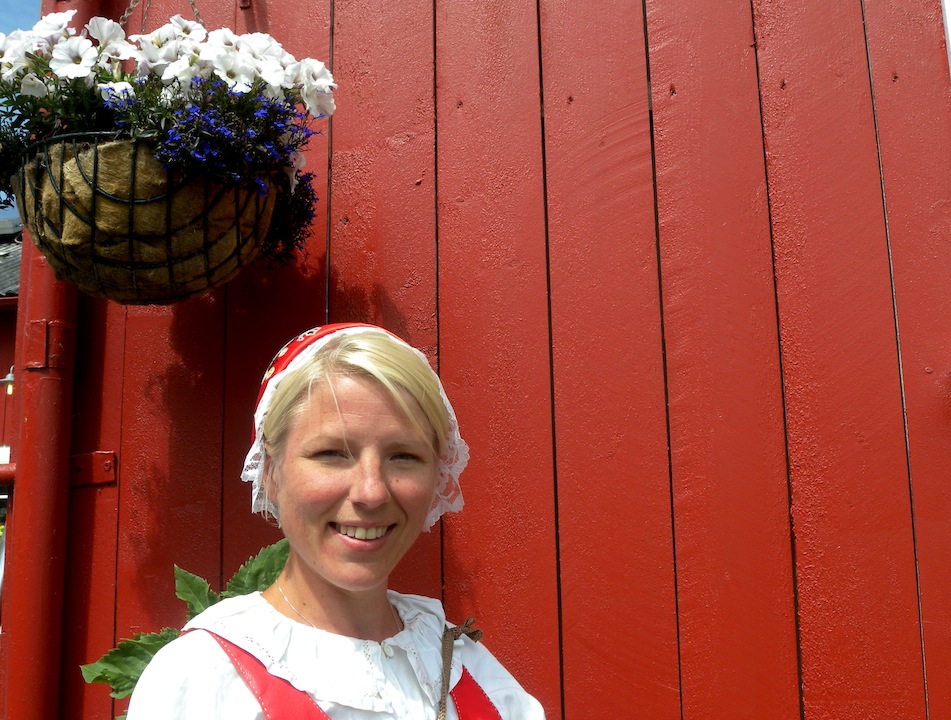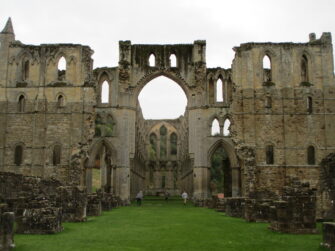
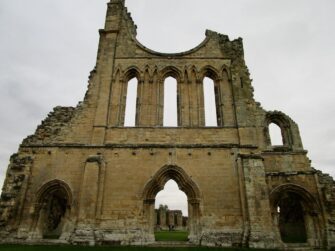
A Halloween trip to the North Yorkshire Moors this autumn.
I took a trip back through time to Rievaulx Abbey [pictured above] to try a new ghost-story-inspired tour of English Heritage properties.
Revenants and Remains is a 90-minute walking tour of five monastic sites across the North of England, ranging from Cumbria to North Yorkshire.
The idea is to peer into the supernatural shadows, using ghost stories to shine light into the darker corners of the medieval sites.
Here’s a sample of the story:
The resident monks drew on ancient beliefs and local folk legends to compile a series of ghost stories, fused with medieval mysticism and the hellfire-brimstone of the Holy scriptures. The tours interpret these stories to explain the symbolism of the medieval belief system, a world dominated by terrifying tales of the afterlife and spooky stories of the undead.
Tour leader, Dr. Michael Carter, Senior Properties Historian at English Heritage, said:
“The stories reveal the lives of medieval monks were epitomised by a constant state of moral vigilance for the sin-stained souls of their patrons, easing their path to Paradise.”
Read the full story via i Travel, The ghost stories and medieval ruins that shaped the North York Moors
- Liked this? Try also How to celebrate 125 years of Bram Stoker’s Dracula at Whitby Abbey
- Sign up to my new newsletter, Hit the North, for more travel news and inspiration from my home patch
